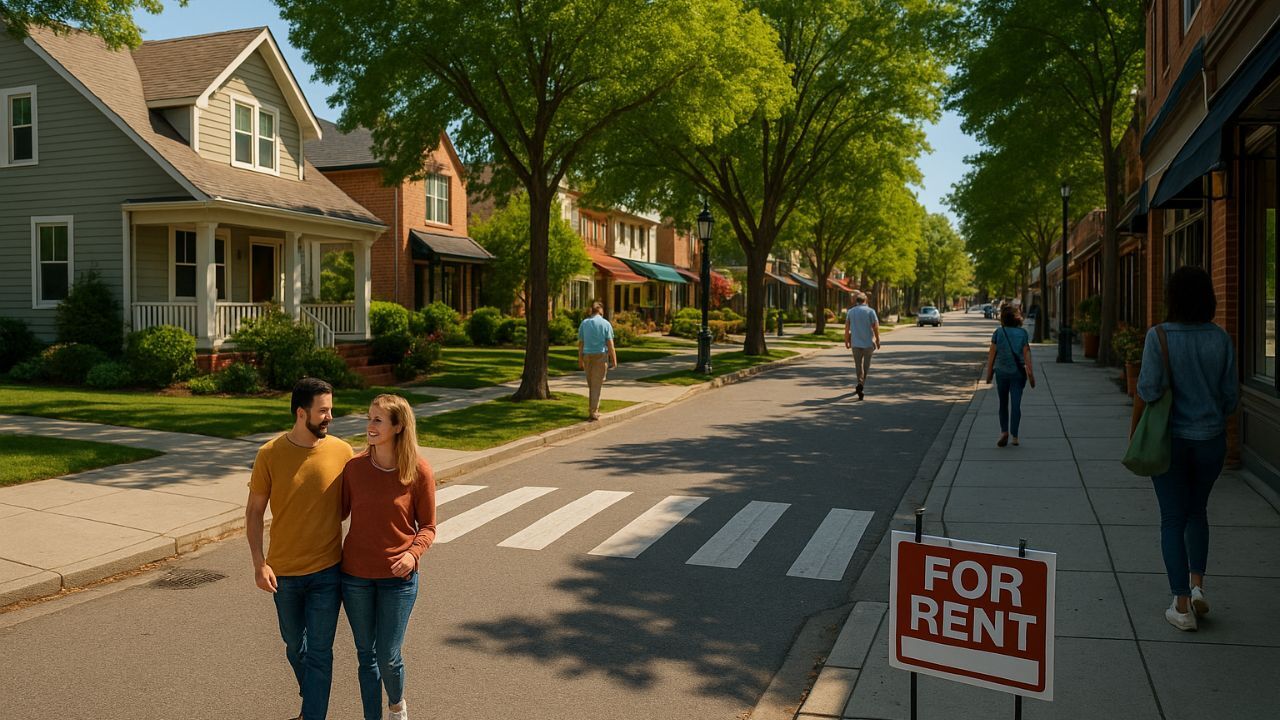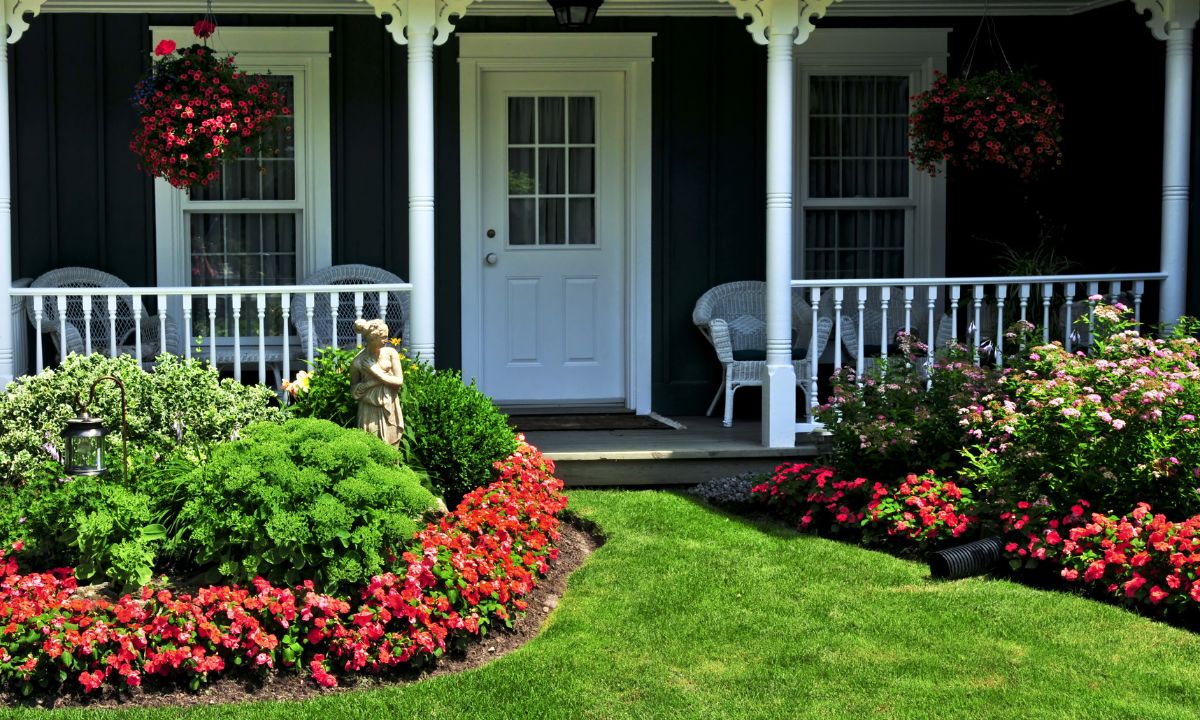 When buying a home, location is often cited as the most important factor. One element of location that has gained attention is walkability. Walkability scores measure how easy it is to access amenities like grocery stores, restaurants, schools, and parks by walking. Understanding walkability can help buyers evaluate lifestyle benefits and potential resale value.
When buying a home, location is often cited as the most important factor. One element of location that has gained attention is walkability. Walkability scores measure how easy it is to access amenities like grocery stores, restaurants, schools, and parks by walking. Understanding walkability can help buyers evaluate lifestyle benefits and potential resale value.
What a Walkability Score Means
Walkability scores typically range from zero to one hundred, with higher scores indicating more pedestrian-friendly areas. A high score often correlates with convenience, accessibility, and vibrant community life. Buyers value neighborhoods where daily errands can be accomplished on foot, which can influence demand and property appreciation over time.
Impact on Home Value
Homes in highly walkable areas often command higher prices because of increased demand. Walkable neighborhoods tend to attract professionals, young families, and retirees who prioritize convenience and lifestyle. Properties in these areas can see stronger long-term value appreciation and may sell faster than homes in less accessible locations.
Lifestyle Considerations
Walkability is not only about convenience but also about quality of life. Areas with high walkability encourage physical activity, reduce commuting stress, and foster social connections with neighbors. For buyers, considering walkability helps ensure that their chosen home aligns with their daily routines and lifestyle preferences.
Resale and Investment Potential
For investors or buyers considering future resale, walkability can be a key selling point. Even in changing markets, properties in walkable neighborhoods often retain value better and attract a wider pool of potential buyers. Understanding local amenities and pedestrian-friendly infrastructure is crucial for assessing long-term investment potential.
How to Evaluate Walkability
Several online tools provide walkability scores and detailed breakdowns of nearby amenities. Buyers can also visit neighborhoods on foot to get a firsthand sense of accessibility, safety, and convenience. Combining digital data with personal observation ensures a well-rounded evaluation.
Considering walkability when choosing a home can influence lifestyle satisfaction, property value, and long-term investment outcomes. Buyers who prioritize pedestrian-friendly neighborhoods may enjoy both convenience and financial benefits over time.
 When buying or selling a home, factors like location, size, and condition are obvious considerations—but have you thought about the direction your home faces? The orientation of a house can impact everything from natural light and energy efficiency to curb appeal and, ultimately, resale value. Here’s why the direction your home faces matters in real estate.
When buying or selling a home, factors like location, size, and condition are obvious considerations—but have you thought about the direction your home faces? The orientation of a house can impact everything from natural light and energy efficiency to curb appeal and, ultimately, resale value. Here’s why the direction your home faces matters in real estate. First impressions matter, especially when it comes to your home. Whether you are planning to sell your house or simply want to make it more inviting, enhancing its curb appeal can work wonders. The good news is that you don’t need a hefty budget or a team of professionals to achieve noticeable improvements. Here are some simple and affordable ways to elevate your home’s exterior charm:
First impressions matter, especially when it comes to your home. Whether you are planning to sell your house or simply want to make it more inviting, enhancing its curb appeal can work wonders. The good news is that you don’t need a hefty budget or a team of professionals to achieve noticeable improvements. Here are some simple and affordable ways to elevate your home’s exterior charm: Homes are more than just a building. They are filled with memories of children taking their first steps, holidays that were celebrated with family members and friends, and Super Bowl parties filled with smiles and cheers.
Homes are more than just a building. They are filled with memories of children taking their first steps, holidays that were celebrated with family members and friends, and Super Bowl parties filled with smiles and cheers. Home renovations can be an effective way to protect your home and family from natural hazards. Start by identifying the potential hazards in your area. This can include natural disasters such as earthquakes, hurricanes, floods, wildfires, and tornadoes, as well as man-made hazards such as gas leaks and fires. Once you’ve identified the potential hazards in your area, create a plan for how you will respond to them and prepare your home to take on these natural disasters and keep your home and family safe.
Home renovations can be an effective way to protect your home and family from natural hazards. Start by identifying the potential hazards in your area. This can include natural disasters such as earthquakes, hurricanes, floods, wildfires, and tornadoes, as well as man-made hazards such as gas leaks and fires. Once you’ve identified the potential hazards in your area, create a plan for how you will respond to them and prepare your home to take on these natural disasters and keep your home and family safe. If you are looking for a way to add value to your house, you may have thought about putting in a pool. After all, this is a great way to cool off during the summer while entertaining your family members and friends. At the same time, does a pool increase the value of your property? Learn more about the benefits and drawbacks below.
If you are looking for a way to add value to your house, you may have thought about putting in a pool. After all, this is a great way to cool off during the summer while entertaining your family members and friends. At the same time, does a pool increase the value of your property? Learn more about the benefits and drawbacks below. U.S home prices grew at a near-record pace in January according to the National S&P Case-Shiller Home Price Index; year-over-year home prices rose by 19.20 percent in January as compared to December’s reading of 18.90 percent. Home prices rose 1.80 percent on a month-to-month basis from December to January.
U.S home prices grew at a near-record pace in January according to the National S&P Case-Shiller Home Price Index; year-over-year home prices rose by 19.20 percent in January as compared to December’s reading of 18.90 percent. Home prices rose 1.80 percent on a month-to-month basis from December to January. If you are looking for a home, then you probably have a budget in mind. You also need to know about the most common factors that influence the price of a home. One factor that always seems to play a role in the price of a home is the quality of the school system. This makes sense. After all, a lot of people who are looking for a home have children (or are planning on having children) and want to make sure they have access to a quality education. At the same time, is it truly worth the price increase to have access to a better school district?
If you are looking for a home, then you probably have a budget in mind. You also need to know about the most common factors that influence the price of a home. One factor that always seems to play a role in the price of a home is the quality of the school system. This makes sense. After all, a lot of people who are looking for a home have children (or are planning on having children) and want to make sure they have access to a quality education. At the same time, is it truly worth the price increase to have access to a better school district? As a society, it seems like we’ve gotten away from appreciating our homes for their emotional and sentimental worth. Instead, we focus solely on their monetary value.
As a society, it seems like we’ve gotten away from appreciating our homes for their emotional and sentimental worth. Instead, we focus solely on their monetary value.  Homes are more than just a building. They are filled with memories of children taking their first steps, holidays that were celebrated with family members and friends, and Super Bowl parties filled with smiles and cheers.
Homes are more than just a building. They are filled with memories of children taking their first steps, holidays that were celebrated with family members and friends, and Super Bowl parties filled with smiles and cheers.